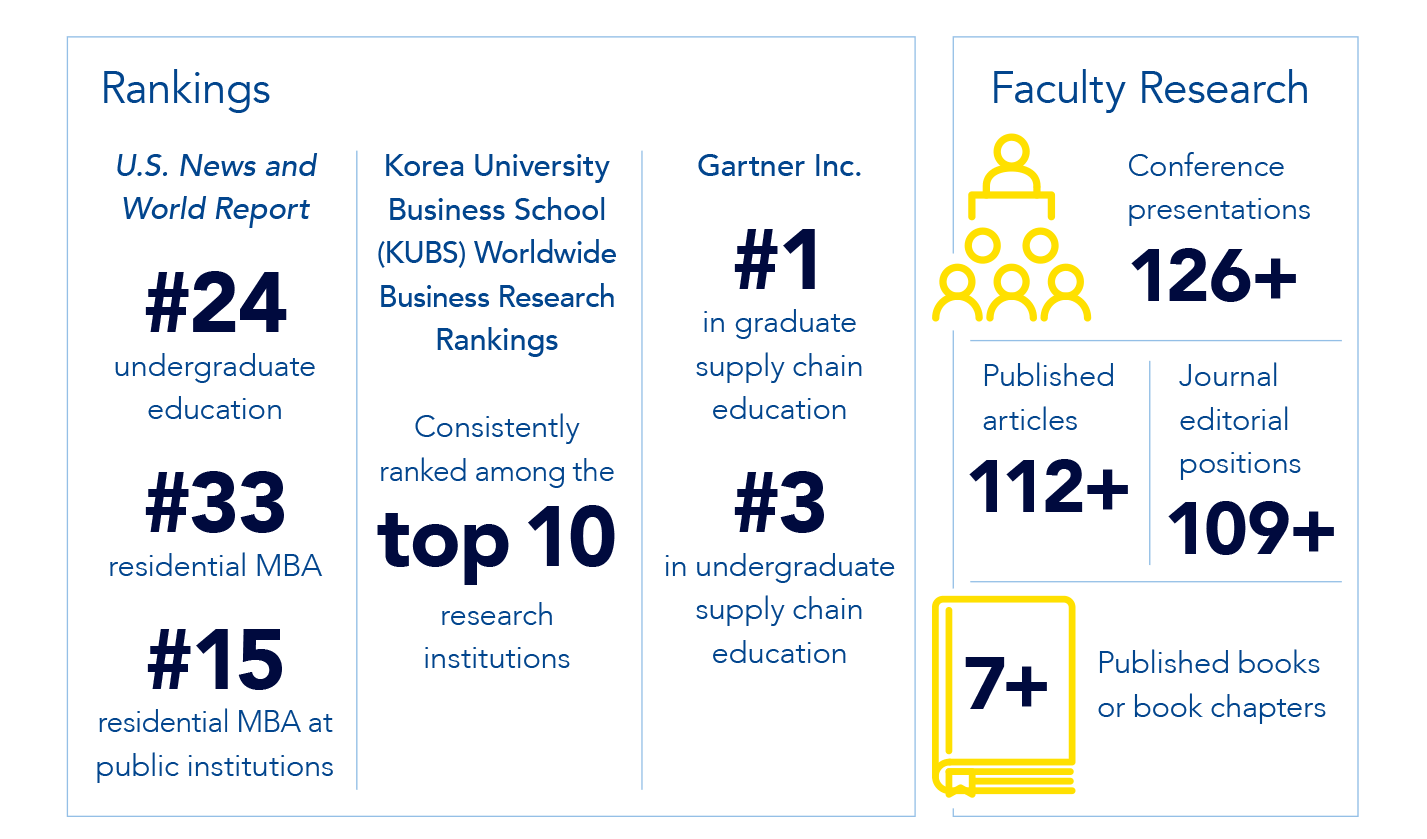Researchers probe the issue of equity and fairness in state and local tax (SALT) deductions for homeowners
By Matt Swayne
A team of researchers says that arguments to restore full deductibility of state and local taxes, or SALT, for homeowners because of equity and fairness issues are off-base.
The research team, which included Brent Ambrose, Penn State Smeal College of Business professor of real estate and the Jason and Julie Borrelli Faculty Chair in Real Estate, analyzed how a $10,000 federal limit on the deductibility of state and local taxes affects households. The limit was a key provision of the U.S. Tax Cuts and Jobs Act of 2017, according to the researchers, who published their findings in a paper.

Recently, members of Congress from places with high state and local taxes have renewed attacks on this provision and have introduced legislation to restore full SALT deductibility, arguing that the SALT limitation disproportionally impacts middle-income households in their districts.
According to the researchers’ analysis, however, this is not the case. The analysis shows that differences across states in federal income taxes paid arise from variation in the ability to fully deduct state and local income, sales, and real property taxes (i.e., “SALT” taxes). The SALT deduction limitation increased taxes for many households — but only for those who itemize, a population that shrank from 33 percent of taxpayers in 2017 to 11 percent in 2018. As a result, the SALT deduction limitation is most likely to adversely affect upper-income households — or those who itemize deductions rather than take the standard deduction — in markets with higher house prices and/or high rates of state taxation.
The researchers report that removing the SALT limitation would result in substantially lower federal income taxes for high-income households.
High-income Household Savings in Federal Income Tax
| New Jersey | $14,401 | (or 15.7 percent of 2018 taxes paid) |
| Ohio | $5,466 | (or 5.2 percent of 2018 taxes paid) |
“For example, a representative highincome New Jersey household (earning between $400,000 and $1,100,000) would see federal income taxes cut by $14,401 (or 15.7 percent of 2018 income taxes paid) following restoration of the full SALT deduction,” the researchers write. “Our analysis reveals that many states without generally high house prices or with low state taxes also contain concentrations of affected taxpayers. For example, even in a relatively low-cost midwestern state, such as Ohio, removing the SALT deduction limitation would reduce average federal income taxes by $5,466 (or 5.2 percent of 2018 taxes paid) for households earning between $400,000 and $1,100,000.”
Middle-income Household Savings in Federal Income Tax
| California | $16 | (or 0.1 percent of 2018 taxes paid) |
| New Jersey | $407 | (or 3.1 percent of 2018 taxes paid) |
| New York | $149 | (or 1.2 percent of 2018 taxes paid) |
But, more importantly, the analysis also reveals that restoring the full SALT deduction will have a minimal impact on the income taxes of middle-income households. As an example, the team reports that in the high-cost coastal states of California, New Jersey and New York, the limitation on SALT deductions has only modest impact for the representative middle-income household earning between $100,000 and $150,000. Removing the SALT deduction limitation for these households would reduce federal income taxes by $16 (or 0.1 percent of 2018 taxes paid) for California residents, $149 (or 1.2 percent of 2018 taxes paid) for New York residents, and $407 (or 3.1 percent of 2018 taxes paid) for “middle-income” New Jersey residents. Across all states, the median tax savings from restoring the full SALT deduction for these middle-income households is $0. Thus, as has been reported in numerous media posts, restoring the full SALT deduction will primarily benefit only high-income households.
Unfortunately, focusing on only the SALT deduction limitation ignores the substantial benefits that homeowners receive relative to similarly situated renters. If one is to consider fairness and equity, then a full accounting of the income tax code provisions for homeowners is necessary.
In order to investigate that, the researcher calculated the largest tax benefits of owner-occupied housing: the nontaxation of the implicit rental income and the nontaxation of capital gain income earned on invested housing equity.
Here, the team uncovered a few important findings.
First, although the Tax Cuts and Jobs Act reduced the benefits of homeownership for many households that itemize by limiting the SALT deduction, these lost tax savings are very often small relative to the tax benefit associated with the nontaxation of the return on equity invested in the home. Most homeowners still receive a significant tax benefit from owning, rather than renting, their residence.
High House Price Markets Savings in Federal Income Tax
| California | $2,763 | (or 22.5 percent of 2018 taxes paid) |
| New Jersey | $1,930 | (or 14.6 percent of 2018 taxes paid) |
| New York | $1,792 | (or 13.8 percent of 2018 taxes paid) |
Middle-income Homeowner earning between $100,000 and $150,000
The researchers also said that households in high house price markets benefit more relative to similar income households in lower priced housing markets by the nontaxation of implicit rental income. For example, the typical middle-income homeowner earning between $100,000 and $150,000 in California saved $2,763 in federal income tax (or 22.5 percent of 2018 taxes paid). In New Jersey these homeowners saved $1,930 (or 14.6 percent of 2018 taxes paid) and New York owners saved $1,792 (or 13.8 percent of 2018 taxes paid).
Midwestern States Markets Savings in Federal Income Tax
| Ohio | $501 |
| Iowa | $262 |
| Missouri | $256 |
| Indiana | $233 |
Homeowner earning between $100,000 and $150,000
Between eight percent and 18 percent of the homeownership tax benefit enjoyed by similar income households in California
To show the disparity in the distribution of housing tax benefits, the researchers report that in the midwestern states of Ohio, Iowa, Missouri, and Indiana, the representative homeowner with income between $100,000 and $150,000 only received $501, $262, $256, and $233 in homeownership tax savings benefits, respectively, or between eight percent and 18 percent of the homeownership tax benefit enjoyed by similar income households in California.
The team concluded: “Thus, our analysis points out an often-overlooked disparity embedded in the tax code and suggests that calls to reinstate the full SALT deductibility on the grounds of equity and fairness are disingenuous. It is disingenuous for politicians from highcost coastal states such as New York, New Jersey and California to claim that the SALT limitation is unfair to “middleincome” residents of their states when the vast majority of the benefits from removing the SALT limitation would accrue to the highest income homeowners; thus, removing the SALT limitation would essentially be a large tax cut for highincome homeowners. Finally, our analysis points out that homeowners in New York, New Jersey and California already receive tax benefits well above the level received by the average U.S. homeowner.”
Homeownership and Taxes: How the TCJA Altered the Tax Code’s Treatment of Housing – SSRN, April 19, 2021
Photo Courtesy Smeal
Smeal’s Driven Community
Here’s a glimpse at how the hard work and collaboration of the Penn State Smeal community made an impact in 2020-21.


Faculty Achievement Awards
Atherton Award for Excellence in Teaching (2021):
Dan Cahoy, professor,
Dean’s Faculty Fellow in Business Law
Fred Brand Jr. Excellence in Teaching Award (2020):
Kyle Kaplan, clinical assistant professor of business law
Fred Brand Jr. Excellence in Teaching Award (2021):
Jennifer Coupland, clinical professor of marketing
RISE Above Faculty Award (2020):
Charlene Zietsma, professor of management and Dean’s Research Fellow
RISE Above Faculty Award (2021):
Lisa Bolton, Jonas H. Anchel Professor in Business Administration
Online Teaching Excellence Award (2021):
Scott Collins, associate clinical professor, discipline coordinator of accounting
Award for Teaching Innovation and Excellence in Response to the Pandemic (2021):
Neil Fogarty, instructor of entrepreneurship
Early Career Award for Teaching Excellence (2021):
Kyle Kaplan, clinical assistant professor of business law
Ossian R. MacKenzie Teaching Award:
Christine Mihelcic, Ph.D. candidate
Innovation in Teaching Award (2021):
Jeanette Miller, assistant clinical professor of entrepreneurship
Undergraduate Student Teaching Excellence Award (2021):
Zhe Wang, assistant professor of finance





